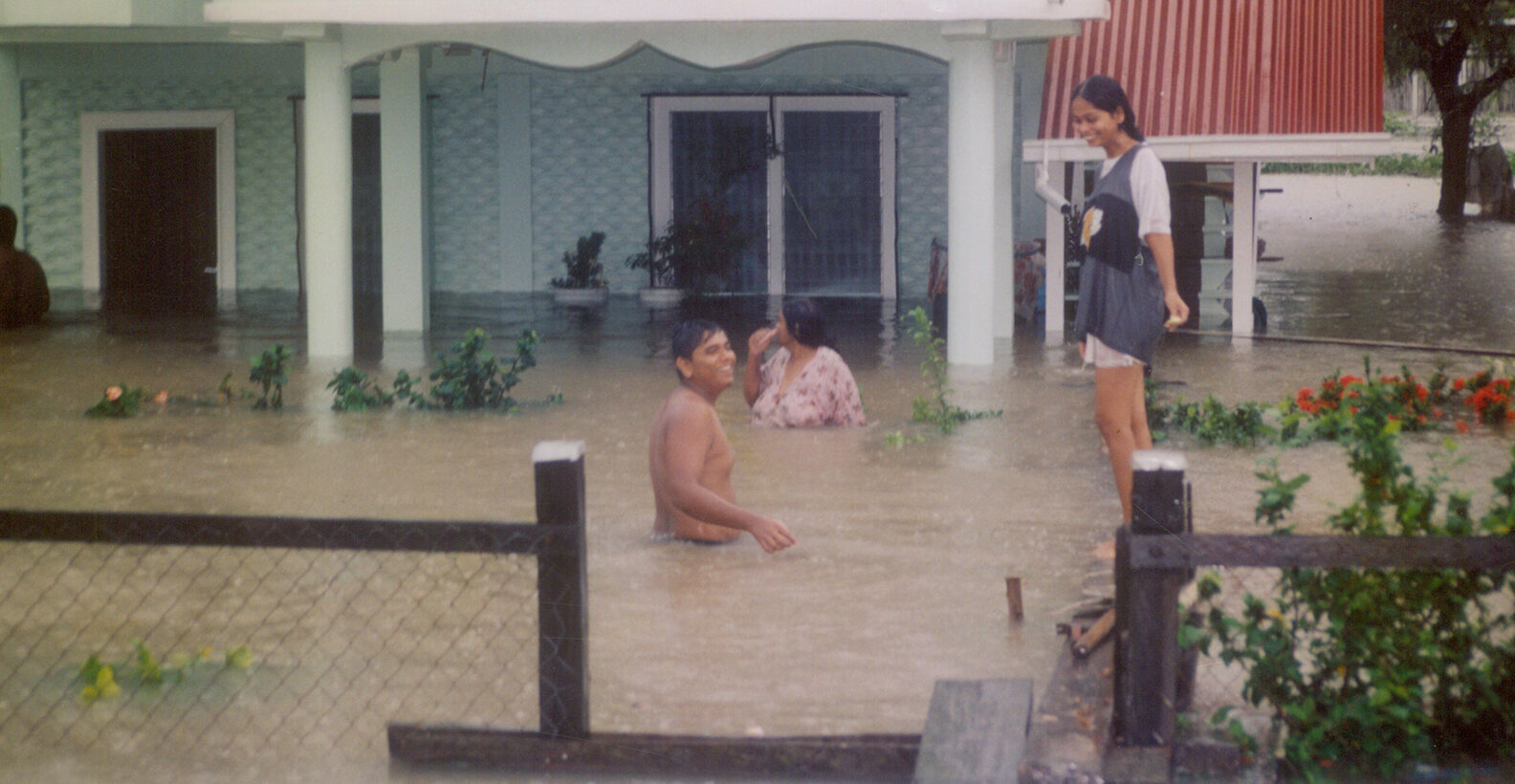In 2005, Guyana faced catastrophic floods that left communities submerged and lives disrupted. Christine Samwaroo, then a young student, vividly recalls the fear and uncertainty as her grandmother was trapped in their home. This experience profoundly shaped her understanding of resilience and justice, leading her to found The Breadfruit Collective, an organization dedicated to addressing climate impacts in the Caribbean. Today, Christine emphasizes that even brief heavy rains now trigger flooding in Guyana, exposing the inadequacies of systems designed to protect vulnerable populations. ‘We still don’t design for people with disabilities or the elderly,’ she notes, ‘but when you build for the most vulnerable, everyone benefits.’ Despite being recognized as key stakeholders in climate policy, women and youth in the Caribbean often face limited participation in decision-making. Christine, who has worked in both government and civil society, criticizes the superficial inclusion of these groups in projects. ‘We’re invited to the table, but not always heard,’ she says. This sentiment is echoed across the region, where community groups led by women and young people struggle with unstable funding and inadequate disaster budgets. Research by the Caribbean Policy Development Centre (CPDC) reveals that fewer than one in three community organizations include women in financial decision-making roles related to disaster preparedness, and only about 25% have active youth representatives involved in climate or disaster response planning. Elishah St. Luce, a Gender and Social Inclusion Specialist from Dominica, highlights the disproportionate impact of climate disasters on vulnerable groups, using Hurricane Maria as an example. ‘A lot of elderly women couldn’t leave shelters for long periods after Maria,’ she explains. ‘Some lost their homes completely and, without insurance or income, couldn’t rebuild.’ Elishah cautions against treating ‘women and youth’ as a uniform category, stressing the importance of understanding the intersections of age, gender, income, and ethnicity in disaster planning. Both Christine and Elishah envision a resilient Caribbean that prioritizes social cohesion, local ownership, and inclusive design. ‘Resilience means being good ancestors, protecting nature so it can keep protecting us,’ Christine says. Elishah adds that rebuilding resilience requires restoring the networks of care that women and young people have sustained for generations. New regional models, such as meso-level Climate and Disaster Risk Finance and Insurance (CDRFI), aim to strengthen these networks by channeling funds through community groups, cooperatives, and women’s organizations. Ultimately, Caribbean resilience is not just about disaster response or economic recovery—it’s about empowering those who have long been at the forefront of community care.
OP-ED: Why are women and youth still mentioned separately in climate conversations?
